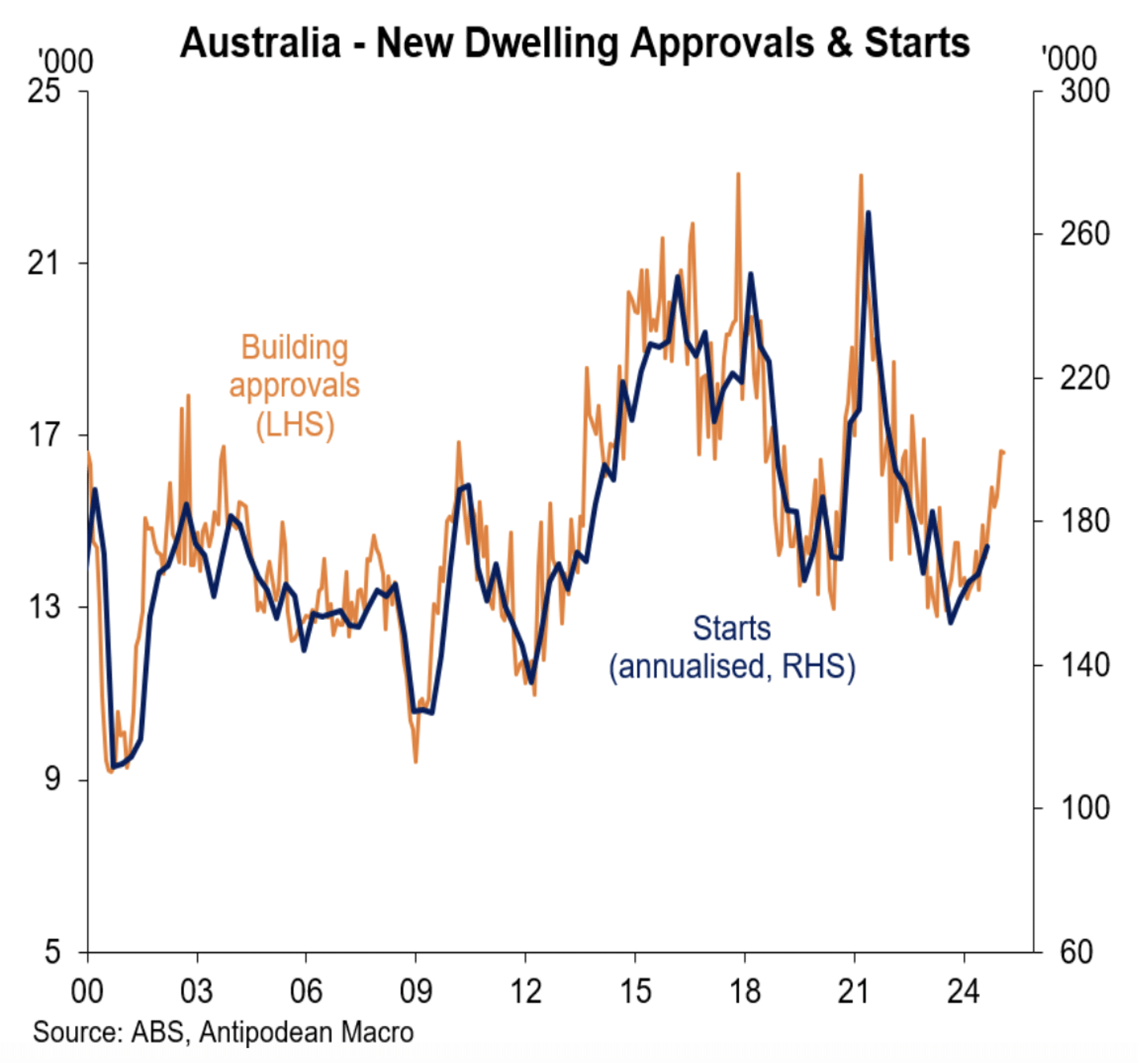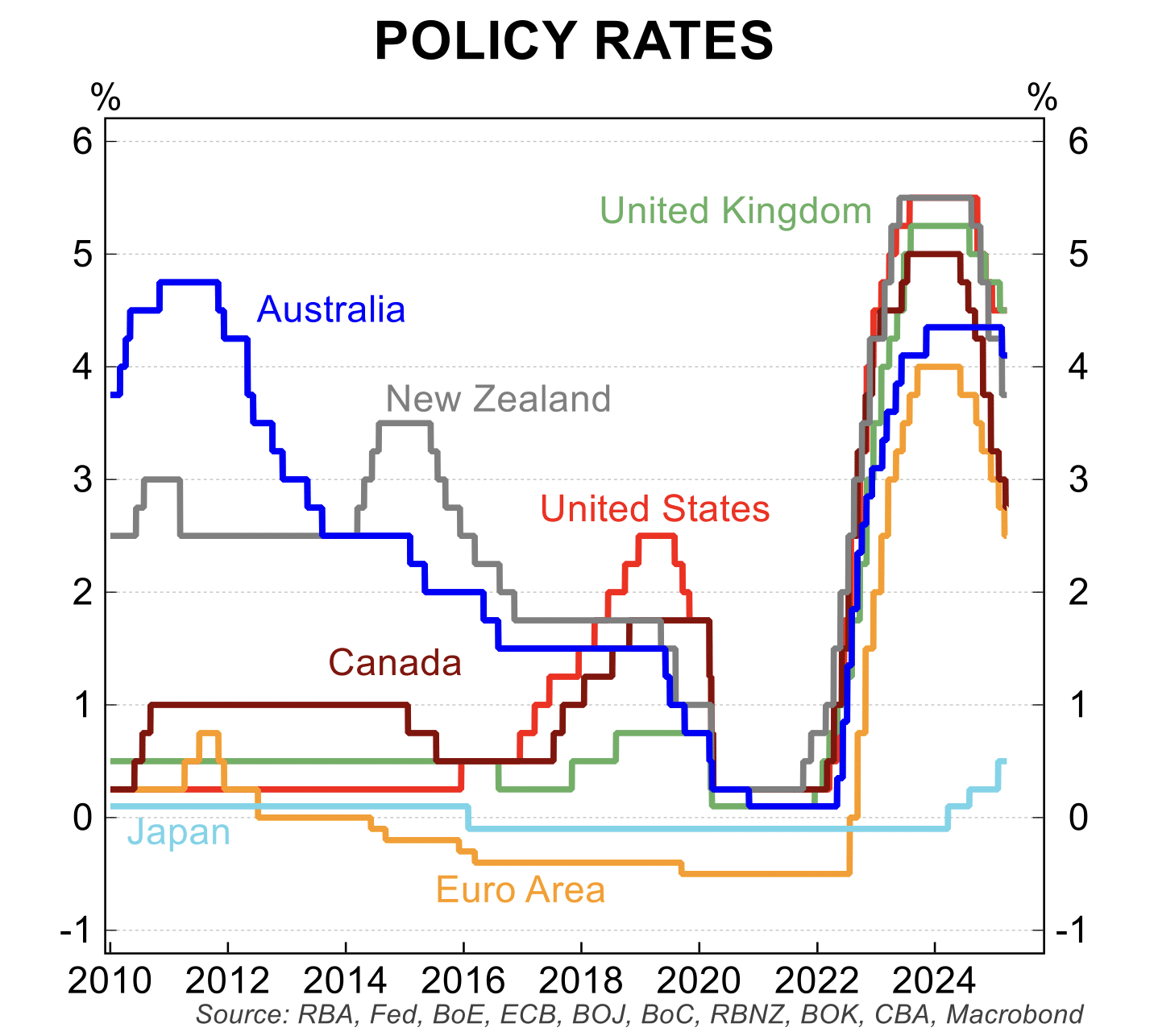The traditional ‘barbell-style’ portfolio allocation, consisting on one end, high risk/high return of shares and equities, balanced on the other end with the low risk/low return of cash investments to stay safe, has long been a popular strategy for investors chasing higher returns, capital appreciation whilst also attempting to balance it all with a degree of portfolio diversification. However, as the investment landscape and economic condition changes, so too should investor approaches to traditional portfolio and asset allocation.
In this blog, we discuss the potential benefits of incorporating alternative assets into investment portfolios to help investors achieve potential return enhancement, capital preservation, and a predictable income stream.
Challenges of the current economic climate for traditional asset allocation
For the majority of investors, achieving capital preservation, return on investment, and a predictable income stream is paramount. Traditional investments often fall short in turbulent markets and uncertain economic conditions marked by high interest rates, high Inflation and high market volatility, prompting the need for diversification into alternative assets. Private commercial real estate debt (CRED), as a subset of the private credit (also referred to as private debt) sector can offer investors an uncorrelated alternative to traditional investments. With its potential to provide stable, risk-adjusted returns with debt security, CRED represents a valuable addition to diversified, defensive investment portfolios.

The current economic climate, characterised by war, de-globalisation, inflation, and high interest rates, is causing traditional approaches to portfolio construction to be questioned.
These approaches, which have been successful in the past for investors seeking portfolio diversification benefits, may not be as effective anymore for a key reason:
The environment for both inflation and interest rates has fundamentally changed. While increasing an allocation to bonds was previously an easy way to reduce portfolio risk and improve portfolio diversification, that is no longer the case.
Historically, when share prices rose and more people bought to capitalise on the growth, bond prices typically fell due to lower demand. Conversely, when share prices fell, investors often turned to traditionally lower-risk, lower-return investments such as bonds, so their demand and price would increase off the back of this increased demand. This negative correlation provided a natural hedge against portfolio volatility. It’s one of the reasons they complemented each other in financial portfolios — bonds provided the stability and balanced out the volatility of the share market. However, in recent years, the correlation between these two asset classes has pivoted, and an increasingly positive correlation has become commonplace. The increase in inflation that started in May 2021 made market conditions that much more challenging.
Supply chain disruptions, a tight labor market, the war in Ukraine, and strong economic growth fuelled a perfect storm to push up inflation from its previously stagnant levels. As long as the outlook for inflation and interest rates remains uncertain, the diversification benefit from bonds will probably remain muted, therefore placing traditional asset allocation strategies into question.
The role of alternative assets in an inflationary and high volatility environment
Alternative assets, such as private commercial real estate debt (CRED), a subset of the broader private credit (or private debt) sector, can offer several potential benefits in a challenging economic environment:

Diversification:
Alternative assets like private CRED, have low or negative correlation with traditional assets like shares and bonds. An allocation to alternative assets can add a defensive layer to a portfolio to help reduce overall portfolio risk and volatility.
Ability to provide regular, predictable returns:
Private CRED can offer a source of regular and predictable income, particularly during times of market volatility. Unlike traditional equity investments, such as shares where the dividends are discretionary and dependent on the company’s cashflows, CRED provides investors with a consistent stream of income in the form of interest payments. This stability stems from the fact that debt investments are secured by tangible assets, such as residential apartment blocks, office buildings, retail spaces, or industrial warehouses. The interest payments made by borrowers through the life of the loan are passed on to the CRED investors in the form of monthly distributions, offering a steady cash flow for the investors. This income predictability can make CRED an attractive fixed-income style, alternative real estate investment option for investors seeking capital preservation and a hedge against inflation.
Hedge Against Inflation:
As private CRED investments are secured over variable, or floating-rate, real property loans, they are one investment that can actually benefit from rising interest rates. As the interest rates of the CRED loans rise, so do the amount of the borrowers’ interest repayments and these increased returns are passed onto investors as regular distributions. The regularity of the interest payments of the underlying loans also means the returns are more predictable than those from equity-based property investments.
Important considerations before investing in alternative assets
All investments carry risks. Different investment strategies may carry different levels of risk, depending on the assets acquired under the strategy. Investing in CRED – either directly or via a CRED property fund – can offer investors an avenue to diversify their portfolios, benefit from professional management, and gain exposure to the real estate market. The potential for stable income, capital appreciation, and risk mitigation make CRED an attractive investment option. However, it is crucial to consider the associated risks and perform due diligence before making any investment decision.
The risks associated with an investment in private CRED – either directly or via a CRED property fund – include possible delays in repayment and a substantial or complete loss of income or principal invested. There is no guarantee that an investment in private CRED will achieve its investment objective.
You can read further in our Investment FAQs or if you’d like to schedule a call back please click here.
Conclusion
The current economic environment of high interest rates, high inflation, and high volatility presents challenges for traditional asset allocation strategies. However, by incorporating alternative asset classes into your portfolio, you may be able to improve diversification, potentially enhance returns, and better manage risk. It is important to carefully consider your own risk tolerance, investment goals, and time horizon before investing in private credit (private debt) or any alternative asset class.




